Product Partnerships

We believe that every product is made for a target customer and over the years with time following industry wise, product wise fitment has emerged. Industrial manufacturing organizations which are mid to large select SAP as their core ERP. All kinds of manufacturing including small- mid size manufacturing across formats select BC or SAP B1 as their core ERP. In organizations which are retail and omni-channel oriented and small to med category select Microsoft D365 or Business Central with LS retail. FMCG in small to mid range decide between SAP and FNO. In recent years another model has emerged globally that is “Hub and spoke” where large MNCs which are already on SAP or Oracle are implementing Microsoft Dynamics for their small subsidiaries and joint venture organizations specially in distribution and retail oriented industries. Service small-med size also implements Microsoft Dynamics or Oracle range of ERPs. These are generalized categorizations, there always exists exceptions to these product fitments.
ERP Partnerships

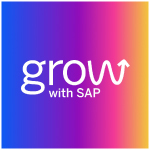
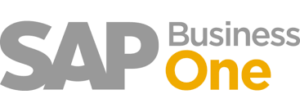
SAP, a pioneer and one of the largest global ERP software was founded in 1972 by 5 former employees of IBM. They developed this system to facilitate small and medium-sized core businesses’ processes including the finance and accounting needs. SAP ERP provides companies with a centralized platform that helps to connect varied departments within the organization. It helps the largest companies in the world to run better by providing an end-to-end business management platform across business processes. In addition to large-cap multinationals, SAP ERP is also being implemented now by small and medium enterprises across India which are on a rapid growth path and will become significantly large in the short to medium term.
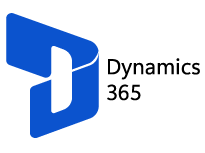
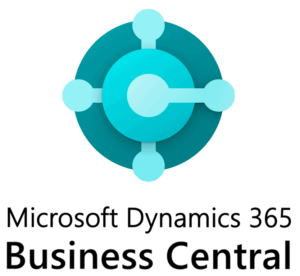
Surround Applications
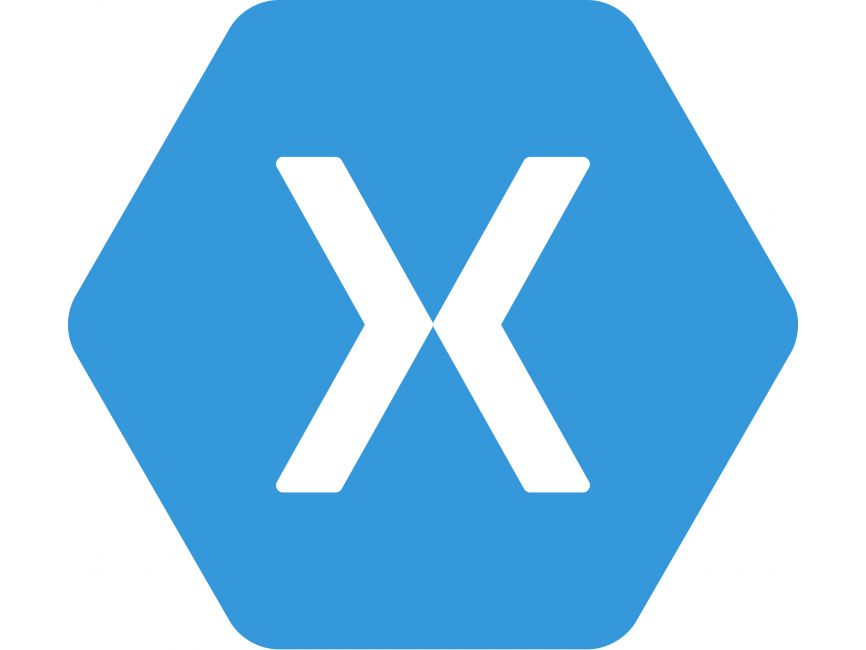
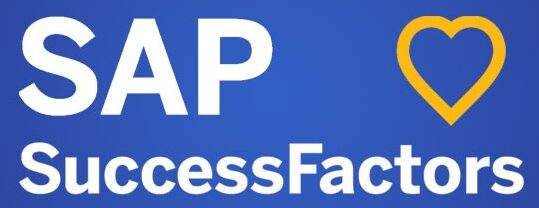



Indian Business Family Transformation Journey
Since the economic liberalization of the 90's Indian family business families have grown many fold and we have been a consistence partner with our clients across this journey. We have worked with our key clients for more than 2 decades and have witnessed and catalyzed their multi-fold growth from small and medium businesses to mid to large-cap corporations.
Family-run businesses have grown organically over 20-30 years led by promoter families and most of the processes are embedded implicitly in the habits of its people. When such organizations undergo rapid growth new people and new geographies products are added to their organizations, at this time the implicit processes need to be explicitly stated and then encapsulated in an ERP and related business applications. To facilitate this process and to understand the nuances through our deep understanding of this transaction, we have created the policy process system audit framework by documenting business processes and aligning them with the best practices of ERP.
Policy, Process, System and Audit Framework
|
Business Process |
SOP | SYSTEM | AUDIT | EXCEPTIONAL REPORTING | ALERT | ||||
| WHY | WHO | WHAT & WHEN | |||||||
| Business Insight | Policy | Accountability & Skill | Task | Data Entered | Report Generated | ||||
| Stock in hand in books may be different from physical stock available | Warehouse Head | Physical verification and update correct stock in books | Physical inventory adjustments | 1. Real time stock in hand report | 1. Scrap 2. Damage 3. Retum stock 4. Excess Shortage 5. Expired 6. Non moving and Slow moving stock |
1 stock ageing report 2. stock value reports 3. stock location wise, binwise, rack vise 4. VIP stock |
|||
ERP Implementation Approach
Implementing ERP in business families requires a more agile approach compared to ERP implementation in large enterprises where a structured waterfall approach is followed. To successfully manage this in fast-growing family-run businesses, we have devised or created a more suited ERP implementation approach where 4 tracks of ERP implementation are driven and managed depicted below.
With the introduction of cloud ERP from Microsoft and SAP, the preferred approach now is “Activate Methodology” where elaborate ‘as is’ and ‘to be’ blueprinting is not done before configuring and demonstrating the product. Under this method, pre-configured processes are shown to customers, module champions, and core teams, and business blueprinting is done parallel to these workshops.
Program Management
Program Management
Program Management
Program Management
Who will create Change and
Who will Rollout Change?
Cognizance of AS-15 (Current State)
How We Work Today?
Thought Creation
Business
Blueprinting
Leadership
Expectation Management
What Can and Cannot be Done
Conceptualization of TO BE
How We Should Work?
Change Mastering
Pilot
Testing
Change Team
Roles & Responsibility
When has to Do
What till Go-Live?
Visualization of TO BE
How We Will Work on the ERP
Change Percolation
User
Training
Change Team
Task Management
When to Do What?
Actualization of TO BE
ERP is Working for Us
Change Normalisation
Issue
Resolution
Change Team
Activate Methodology
With the introduction of cloud ERP from Microsoft and SAP, the preferred approach now is “Activate Methodology” where elaborate ‘as is’ and ‘to be’ blueprinting is not done before configuring and demonstrating the product. Under this method, pre-configured processes are shown to customers, module champions, and core teams, and business blueprinting is done parallel to these workshops.